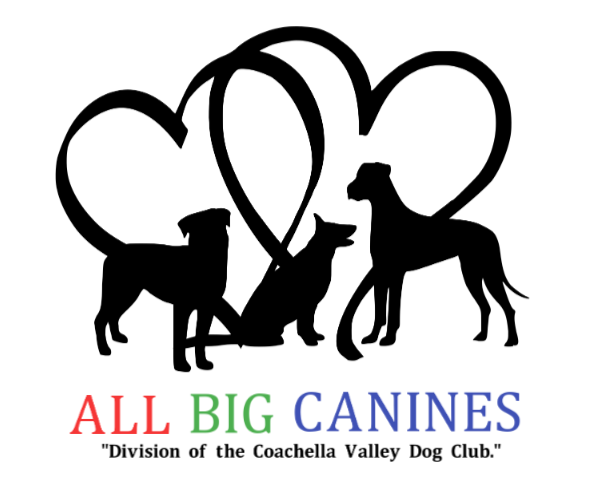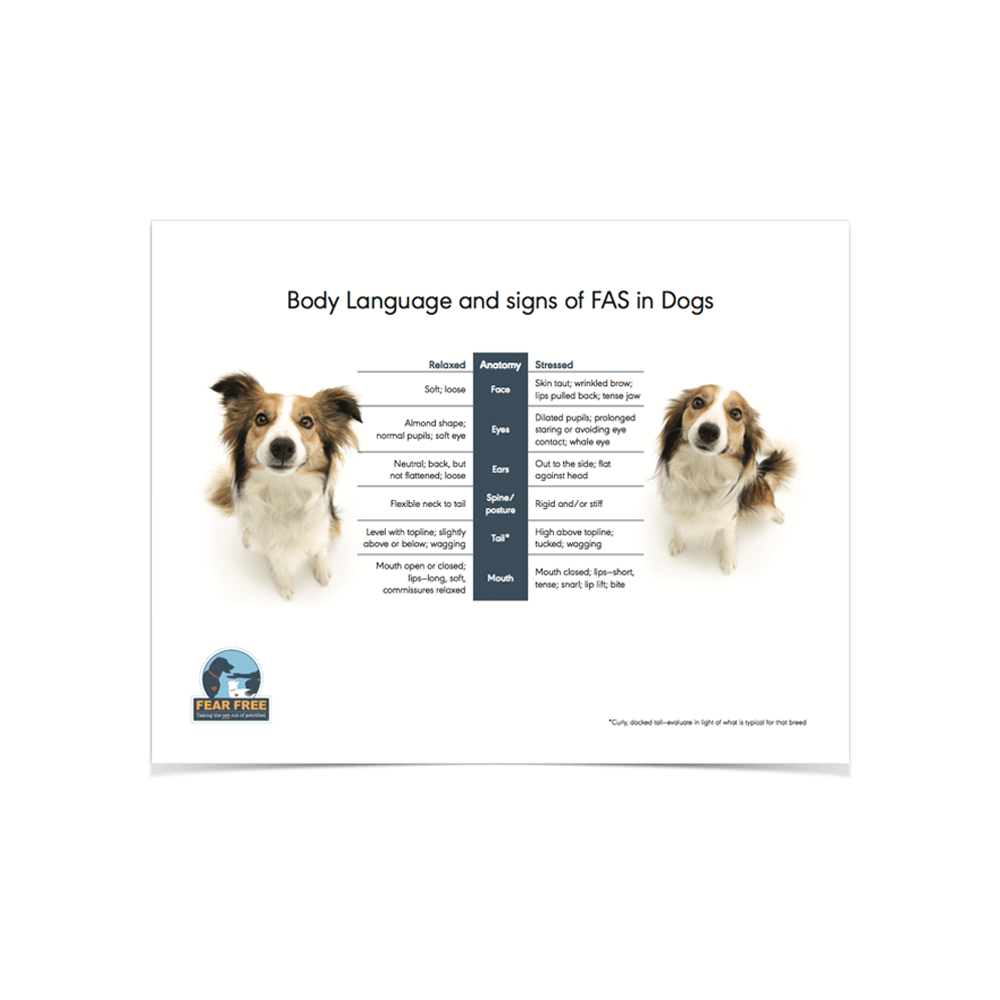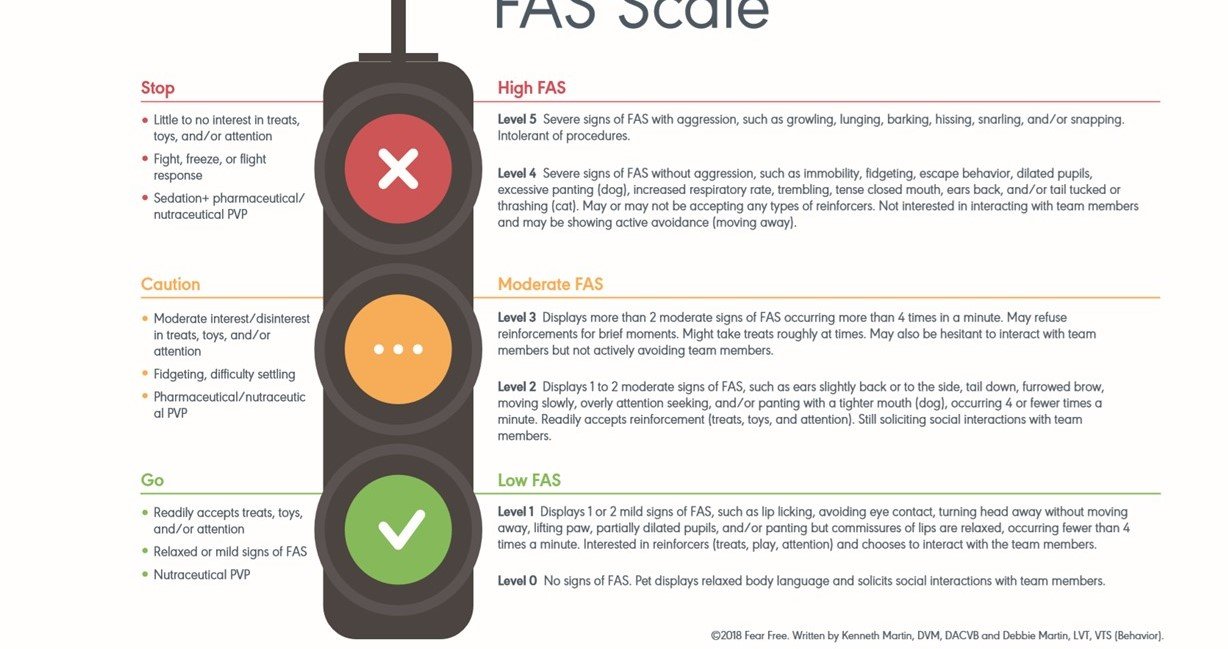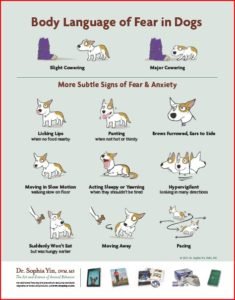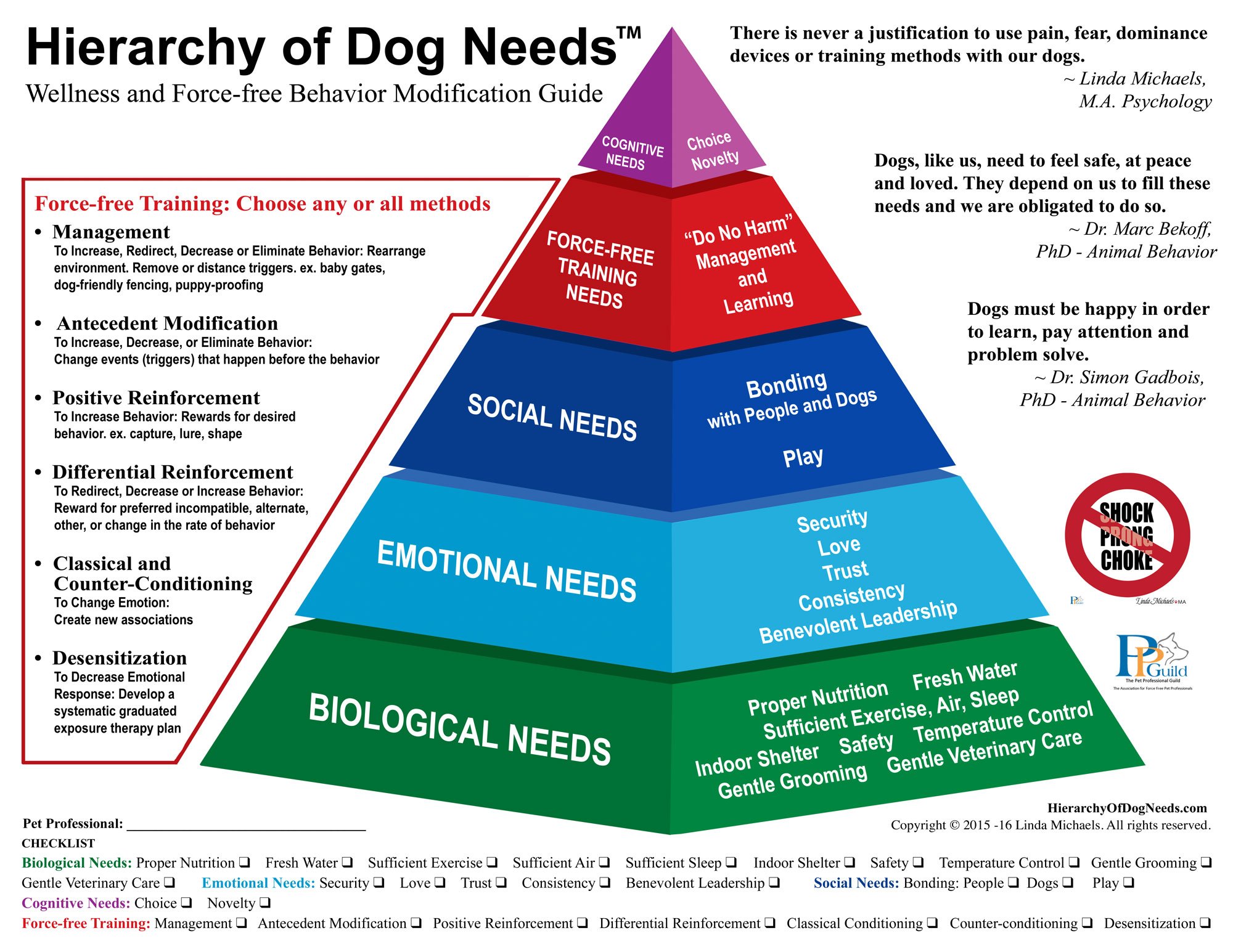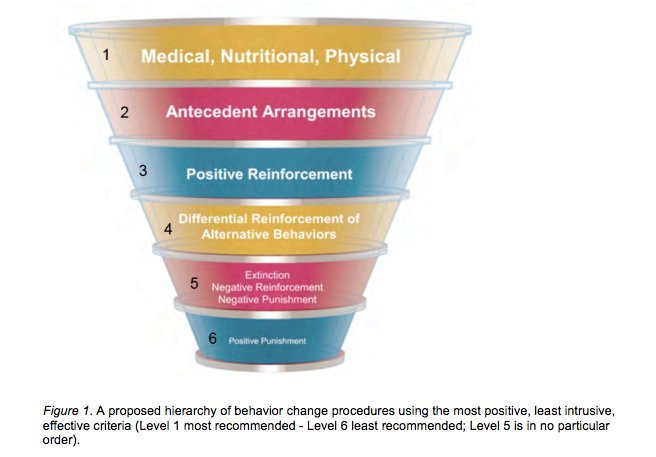Non-Medically based aggression is fear-based aggression.
Updated: Nov 16, 2019
I read an article that bothered me. It was about a sensitive topic, The topic of behavioral euthanasia. Behavioral euthanasia does occur and is a very personal decision to make. No one should ever be shamed for one's choice to euthanize a dog for aggressive behavior. You do not know the walk that was taken to end there or what information was available to the owner at the time the choice was made. I preface this post with that information. Because it is so emotionally devastating to the human with a myriad of conflicting emotional responses during the months and years after the loss. Yes, it is a loss. A loss of life, and a loss of everything that should have and could have been.
The article stated that there are bad dogs. This trainer believed that there were "bad" dogs, but that aggression is not fear. That the dog they euthanized was not afraid. She pointed out that the dog was dog aggressive.
I will front-load this first with an explanation of what Medically based aggression is. Medically based aggression is aggression that has an underlying medical condition attached to it. It can be aggressive responses due to physical pain. Anything from a urinary tract infection, ear infection, or arthritis, to a thyroid disorder, rage syndrome, etc. My post aims to address these very real misconceptions about aggression.
First, the definition of aggression is as follows: hostile or violent behavior or attitudes toward another; readiness to attack or confront.
In dogs, aggression is a response to a perceived threat. This can be from an owner's physical touch, yelling, a scary new piece of furniture, lack of proper socialization, trauma when a dog was younger, loud sounds, too much activity. In short, things that the dog sees as "alien" or foreign to them, sounds that are loud on sensitive ears, or touching a dog that wasn't correctly handled. From allowing strange dogs to run up and greet the dog while it was on the leash, and more. Things that cause fear in a dog are unique to that dog's specific personality and upbringing. But the act of aggression is an offensive response that the dog uses as communication to say GO AWAY OR ELSE. The offensive is the I am going to get you before you get me. Remember that saying, "The best defense is a good offense."
So the dog then reacts aggressively. This can be toward the person approaching them while they have their chewy bone, at the dog walking across the street, or at the Christmas tree. This can seem random and unpredictable to us when we are faced with a snarling, growling, lunging dog, or worse. But that dog was giving body language communication to say hey go away, I am not okay with this, please leave. There is so much information available that it makes it hard to know what to trust and what not to trust. Especially when the TV trainers spout their pseudo-science and advocate for harsh treatment of dogs to correct those aggressive behaviors.
The reality is TV gets ratings. Even though Nat Geo is owned by Disney, who is all about providing science. These companies continue to choose to put undereducated people on TV to talk about nonsense and misrepresent dog behavior because, well, the show will sell.
Information is readily available from the IAABC.org, CCPDT.com, PetProfessionalGuild.com, AVSAB.org, DACVB.org, APBC.org.uk , and ABTcouncil.org.uk .
Dogs respond with aggression when they are afraid. Let's take the act of guarding a chew, for example. A dog is given a chewy. It is stinky and yummy and enjoyable. Then approaches another dog. The dog with the chew gives appeasement behaviors (lip lick, yawn, head turn), then escalates to crouching, a freeze, and a hard stare. That other dog continues to walk toward the dog to the chew. The likelihood of the dog with the chew to react with aggression is higher as they attempted to avoid conflict with the appeasement behaviors and then said GO AWAY OR ELSE with their other body language. So when the other dog continues to approach, and the dog with the chew barks and lunges and that 2nd dog runs away. The dog with the chew was rewarded by that dog leaving. Their insecurity was justified, and their response worked in making the other dog go away.
Correcting those behaviors DOES NOT teach the dog that the other dog's presence is not something to be feared. It is not addressing environmental management, and it is not that the dog is trying to dominate you or be disobedient. The dog got a perfect thing and didn't want to lose it. It was afraid of it being taken away.
Now let's look at a dog who is reactive toward guests entering the home. The dog is perfect until a guest arrives at the house. When the doorbell rings, the dog's stress begins to show. The dog becomes tense, lip licking occurs, they rush the door barking, and growling, the owner yells at them and restrains them while the guest enters.
The behavior continues and seems to stop after an hour. While the person is sitting down, the dog lays quietly on the floor. When the person stands up to leave, the dog begins to bark and lunge. The owner yanks the leash stomps their foot, and yells at the dog. The dog starts to sit, to look away, tense and shaking. The owner thinks they have corrected the dog's unwanted behavior. But let's take a look at this from the dog's perspective. The dog hears the bell and knows a stranger is here. The dog goes from offering appeasement behaviors to avoid the stranger entering the stranger being brought into the dogs' personal space. No one is listening when the dog is saying, please go away. So the dog starts to warn. Then people take notice. Notice of the barking, growling, lunging. They see an angry dog. Mounting an offensive response to look scary and make the stranger go away. The dog gets put in a crate. Where they can't see the person. This helps to remove the trigger from the dog's view and calm the dog. This dog can easily be labeled as a bad dog for wanting to make the scary person go away.
But the fact remains this is a dog who is AFRAID. A dog who needs to be on a program to help it feel better, engage in alternative behaviors, and in some cases, use medications under the direction of a veterinarian well versed in behavior or a board-certified veterinary behaviorist.
These dogs are not Bad Dogs. These dogs are worked with often, by undereducated people who do not follow the humane hierarchy or LIMA (least invasive minimally aversive) to address behavioral change.
In the United States, dog training and dog behavior is a heavily unregulated field. There are no licensing or credentialing requirements like there are for teachers, psychologists, even personal trainers. But there are organizations such as the Certification Council for Professional Dog Trainers, International Association of Animal Behavior Consultants, Pet Professional Guild, Association of Professional Dog Trainers, and American College of Veterinary Behaviorists, who seek to aid in changing this. This can drastically change the level of misinformation, outdated methods, and the use of techniques by people without a proper level of education from being able to do more damage.
Not every dog can be helped. Not every dog has a quality of life. But those who are appropriately trained in behavior can assess and work with families to gain a happy, confident, or at a minimum well-managed dog that the family is satisfied with. In other cases, euthanasia is the best choice. But to write an article, to what seems to be looking to gain support on their decision, by mislabeling a non medically aggressive dog as a bad dog and unafraid is a disservice to the dog-owning community as a whole. The fact is maybe this dog was so petrified they lived in a constant state of being over threshold. They suffered from periods of being shut down due to their constant fear. Maybe all proper methods were followed, but these dogs' fear wasn't aided by behavioral or medical interventions. Perhaps it was absolutely the best decision to give the dog peace. But the fact that aggressive behavior without a therapeutic basis in dogs is fear-related still stands. This does not ever make the dog bad dog. This creates a sad case, call them bad if you need to cope. But don't cite that aggression isn't fear and elude to the dog's behavior as malicious.

